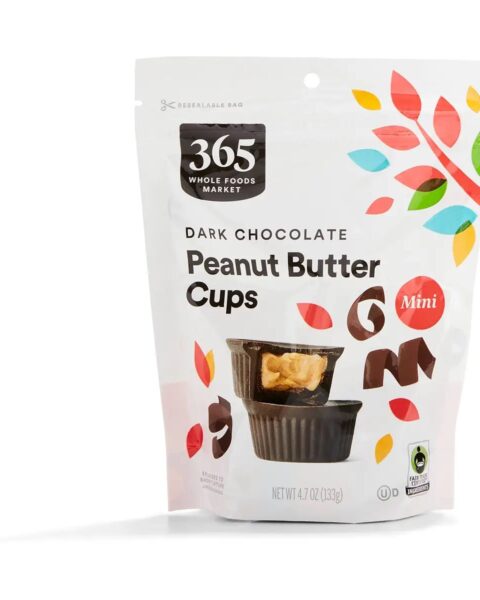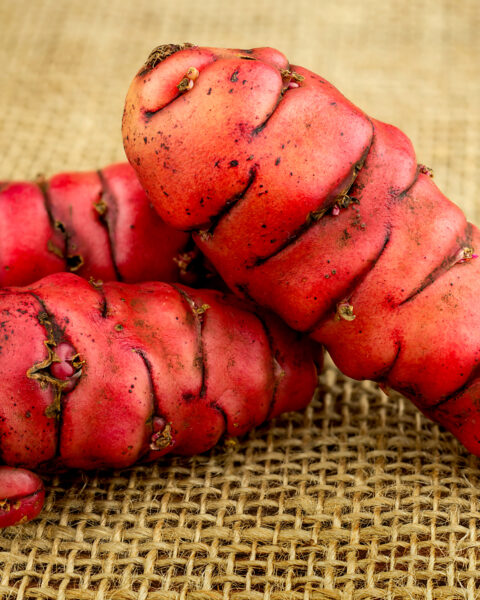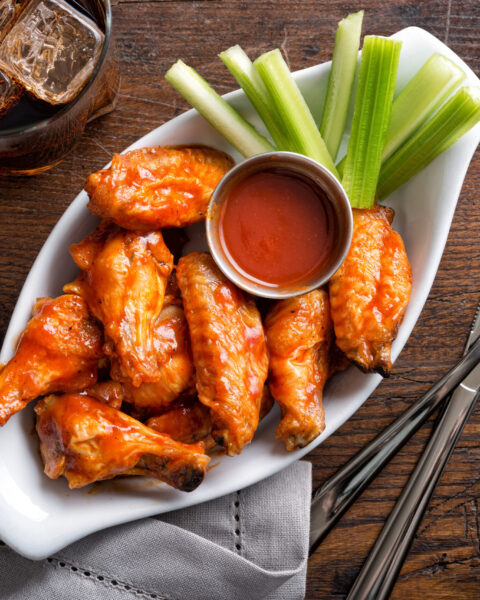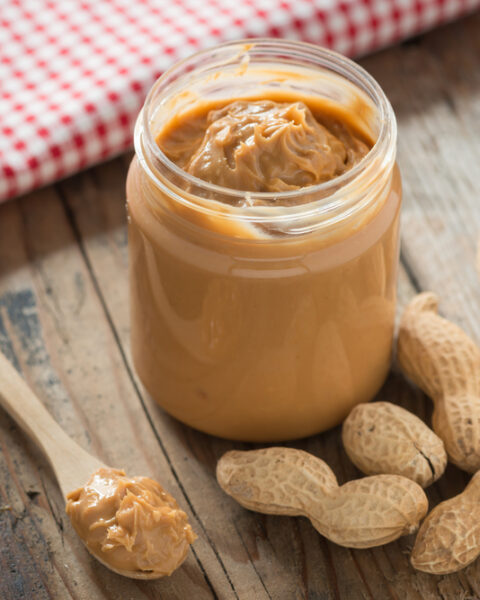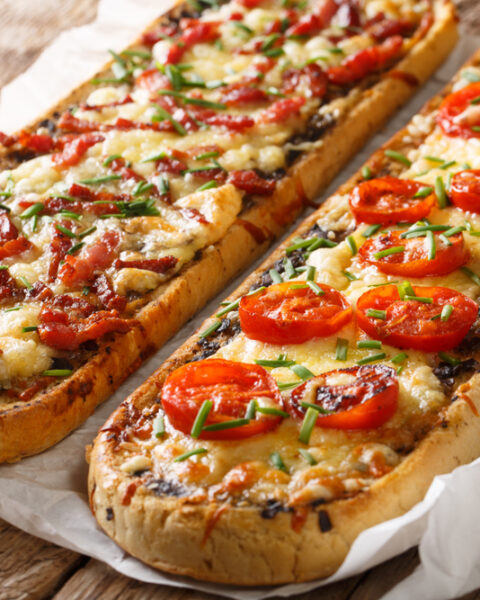Feeling tired and sluggish can often be a sign that your body needs more iron. Iron is a crucial mineral that plays a key role in transporting oxygen throughout your body, boosting your energy levels. Incorporating iron-rich foods into your diet can make a significant difference in how you feel every day. Here are some delicious and nutritious iron-rich foods to help you stay energized and healthy.
Contents
Spinach
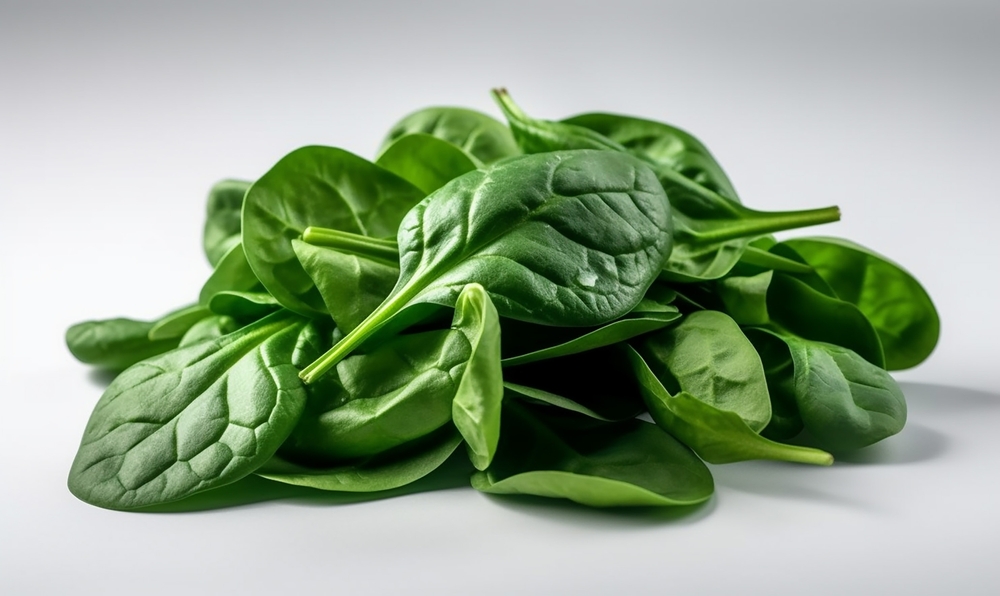
Spinach is a powerhouse of iron, providing a significant boost to your daily intake. Just one cup of cooked spinach contains about 6.4 milligrams of iron. This leafy green is also rich in vitamins A and C, which help your body absorb iron more effectively. Adding spinach to your diet can help combat fatigue and keep you feeling energized.
Lentils

Lentils are an excellent source of iron, offering around 6.6 milligrams per cooked cup. They are also packed with protein, fiber, and essential nutrients like folate and magnesium. Lentils are versatile and can be added to soups, stews, and salads, making them a great addition to a balanced diet. Consuming lentils regularly can support your energy levels and overall health.
Red Meat
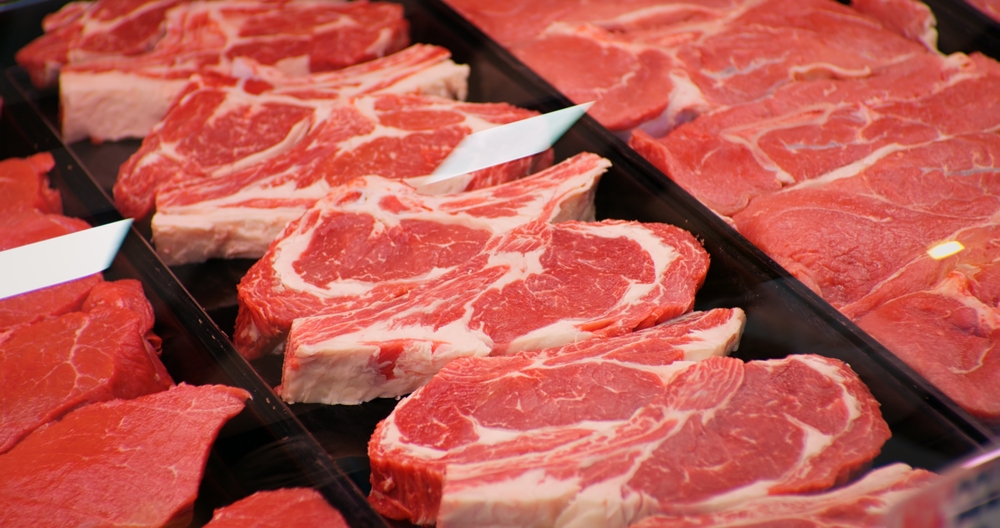
Red meat, particularly beef, is well-known for its high iron content. A 3-ounce serving of beef can provide about 2.1 milligrams of easily absorbable heme iron. In addition to iron, red meat is rich in protein, vitamin B12, and zinc, all of which contribute to maintaining energy and strength. Including moderate amounts of red meat in your diet can help prevent iron deficiency and boost your energy.
Pumpkin Seeds

Pumpkin seeds are a tasty and convenient way to increase your iron intake, with a quarter cup providing about 2.5 milligrams of iron. They are also a good source of magnesium, zinc, and healthy fats. Enjoy them as a snack, add them to salads, or incorporate them into your baking for a nutritious boost. Regularly eating pumpkin seeds can help sustain your energy levels throughout the day.
Quinoa
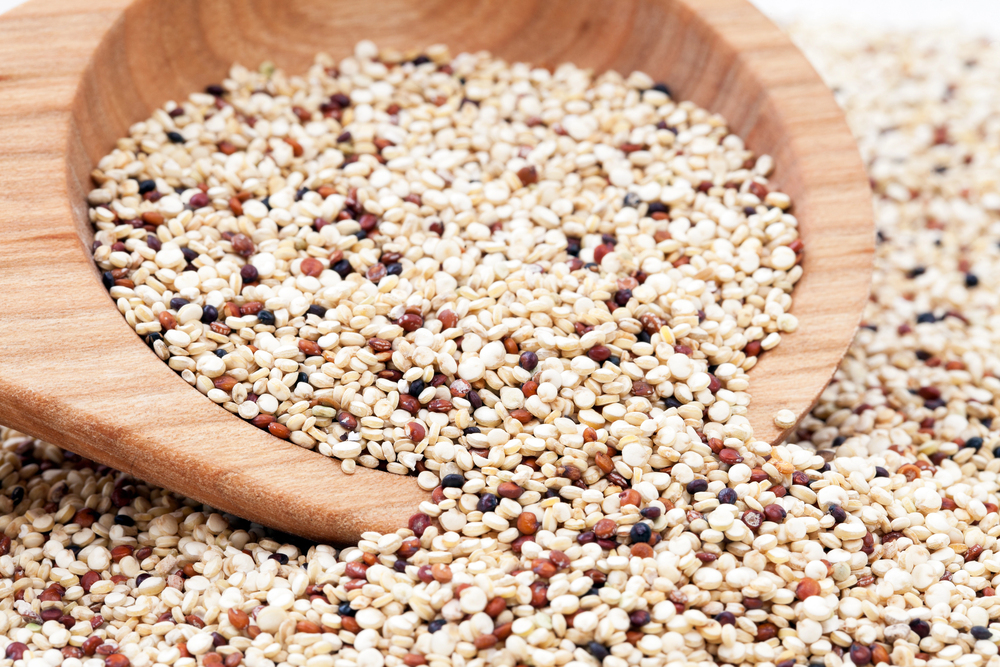
Quinoa is a nutrient-dense grain that contains approximately 2.8 milligrams of iron per cooked cup. It’s also high in protein, fiber, and essential amino acids, making it a great alternative to traditional grains. Quinoa can be used in a variety of dishes, from breakfast bowls to hearty dinners. Including quinoa in your meals can help you maintain steady energy levels.
Tofu
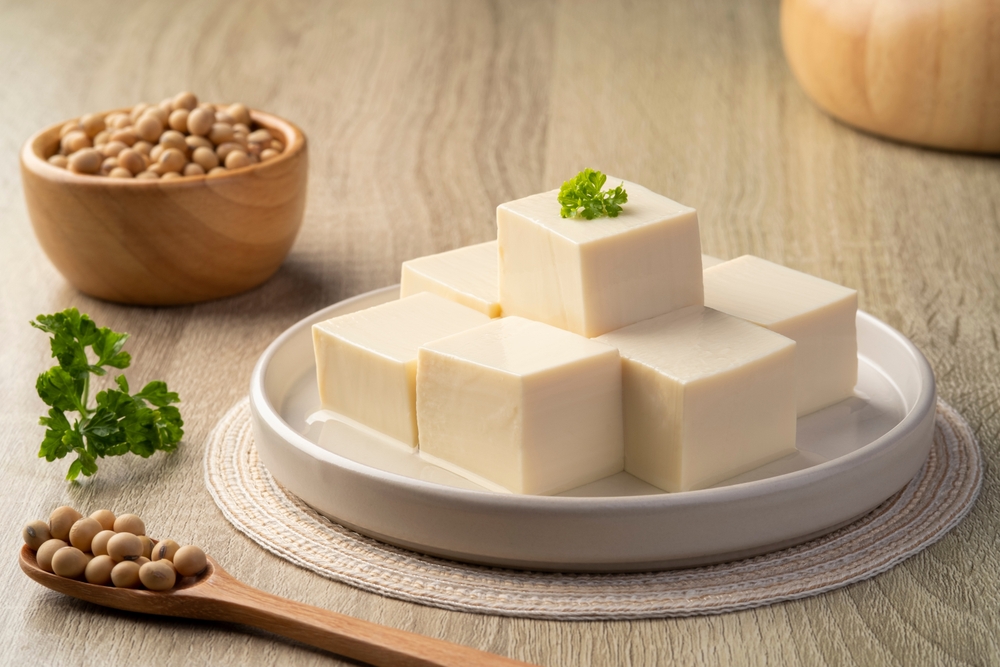
Tofu is an excellent plant-based source of iron, with a half-cup serving providing around 3.4 milligrams. It’s also rich in protein and contains all nine essential amino acids, making it a complete protein. Tofu can be easily incorporated into stir-fries, soups, and salads. Adding tofu to your diet can support your iron levels and overall energy.
Chickpeas
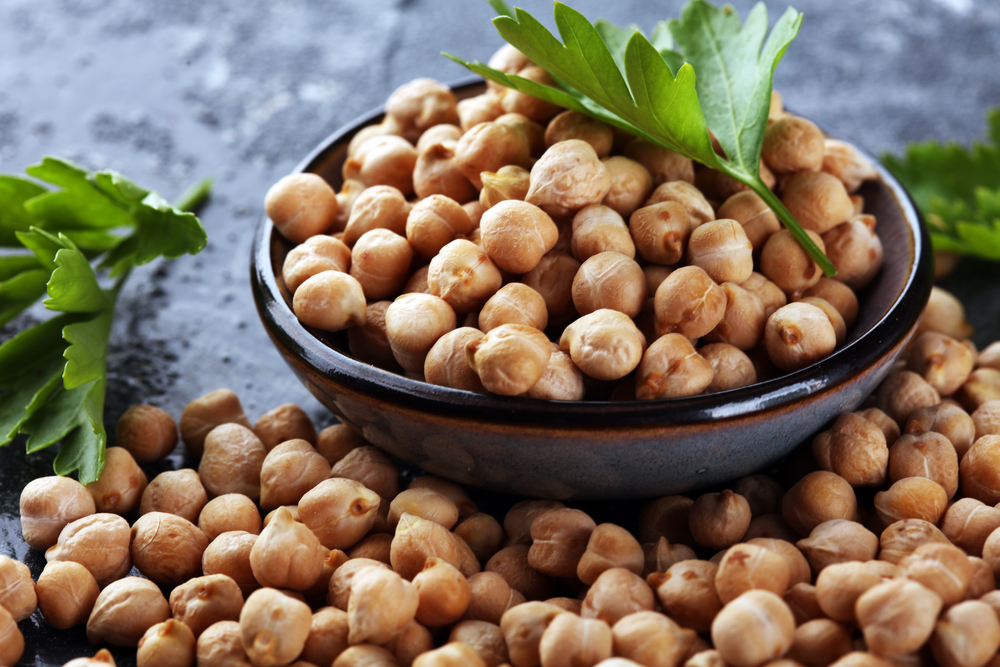
Chickpeas, also known as garbanzo beans, are a versatile legume that offers about 4.7 milligrams of iron per cooked cup. They are also packed with protein, fiber, and various vitamins and minerals. Chickpeas can be used in salads, stews, and as a base for hummus. Regular consumption of chickpeas can help improve your iron intake and keep you energized.
Dark Chocolate
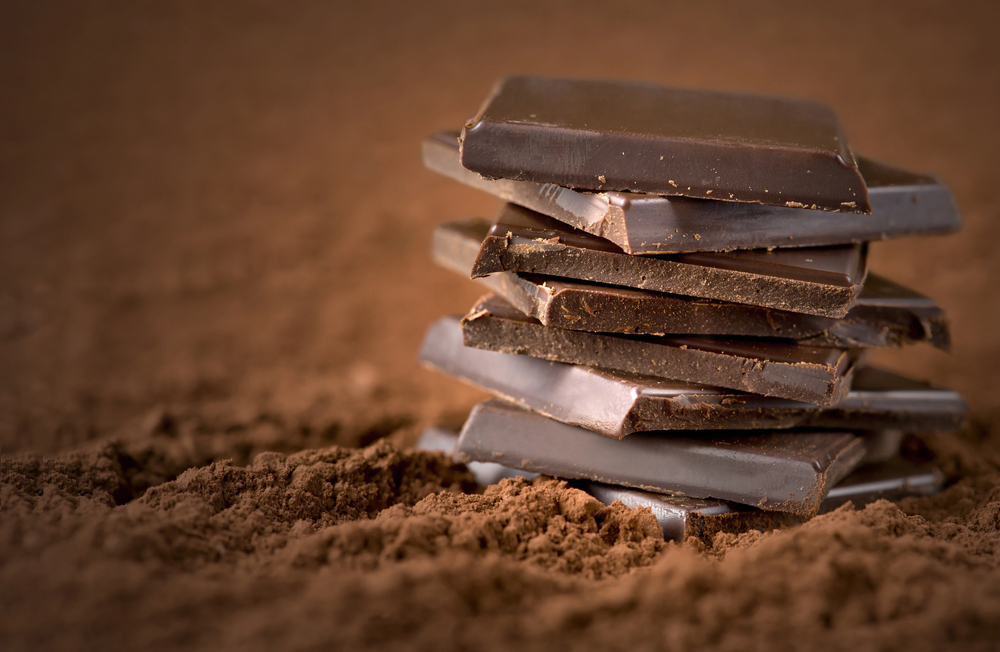
Dark chocolate is a delightful way to boost your iron levels, with a 1-ounce serving providing around 3.4 milligrams. It’s also rich in antioxidants and can improve mood and cognitive function. Choose dark chocolate with a high cocoa content for the best health benefits. Enjoying dark chocolate in moderation can contribute to maintaining healthy iron levels.
Broccoli

Broccoli is not only rich in iron but also high in vitamin C, which enhances iron absorption. One cup of cooked broccoli contains about 1 milligram of iron. It’s also packed with fiber, vitamins, and antioxidants, making it a highly nutritious addition to your diet. Including broccoli in your meals can help support your energy and overall health.
Turkey
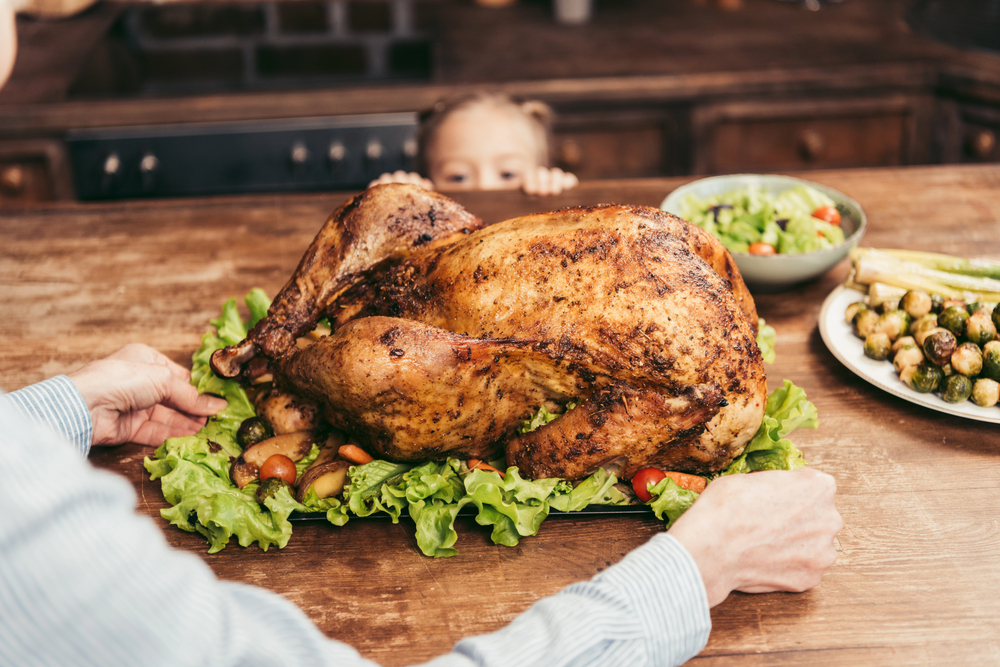
Turkey, especially dark meat, is a good source of iron, providing about 1.4 milligrams per 3-ounce serving. It’s also rich in protein and low in fat, making it a healthy choice for maintaining muscle and energy. Turkey can be used in a variety of dishes, from sandwiches to main courses. Adding turkey to your diet can help keep your iron levels and energy up.
Fortified Cereals
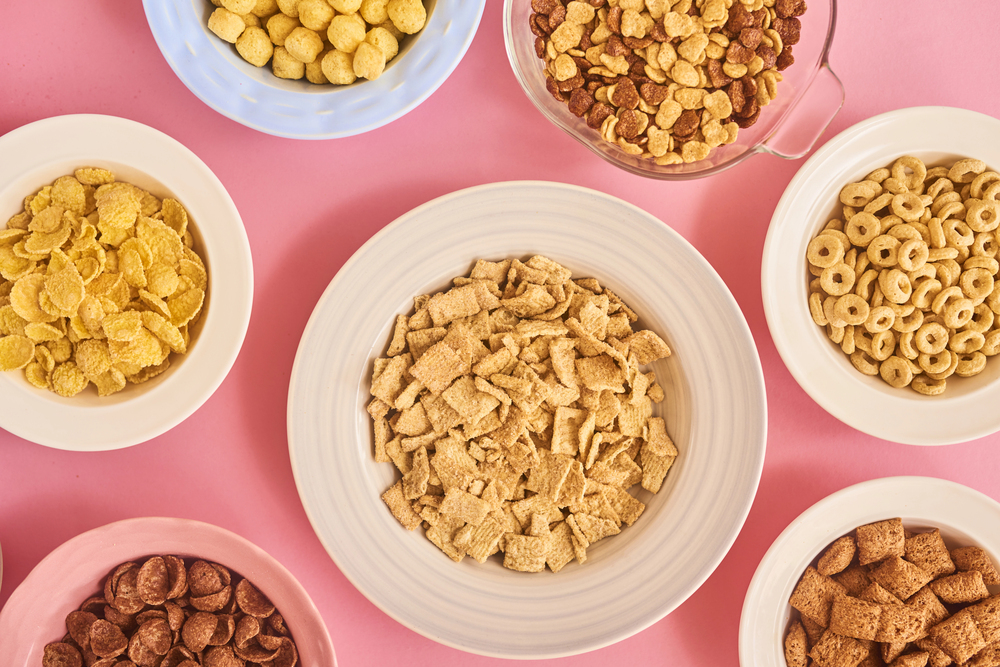
Fortified cereals can be a convenient and effective way to increase your iron intake. Many cereals are fortified with iron, providing up to 18 milligrams per serving. They are also often enriched with other essential vitamins and minerals. Starting your day with a bowl of fortified cereal can help ensure you meet your daily iron needs.
Shellfish
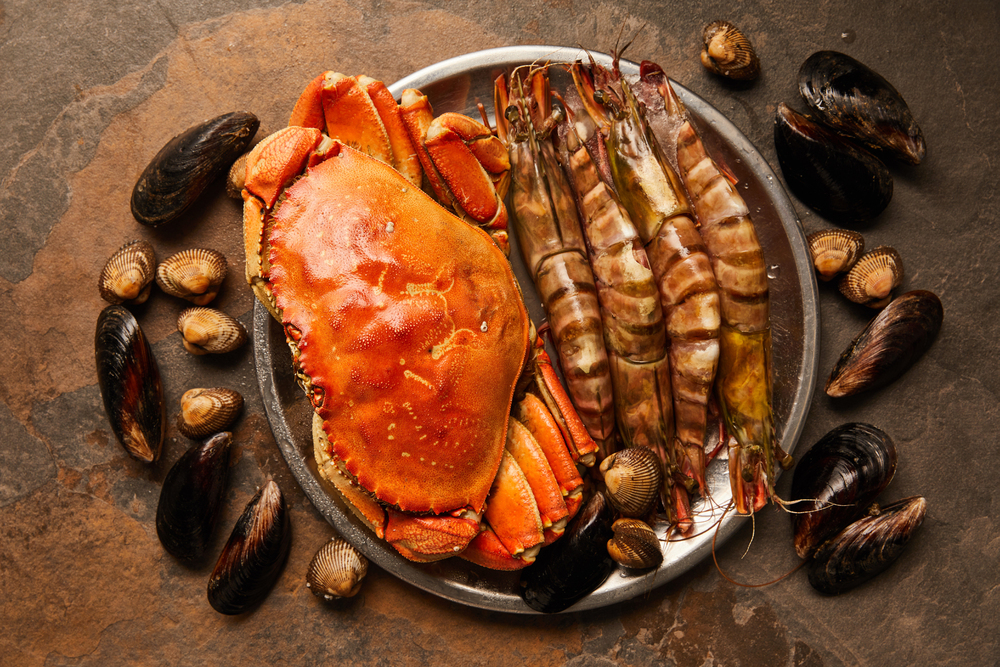
Shellfish, particularly clams, oysters, and mussels, are incredibly rich in iron. For example, a 3-ounce serving of clams can provide up to 23.8 milligrams of iron. Shellfish are also high in protein, healthy fats, and various vitamins and minerals. Including shellfish in your diet can significantly boost your iron levels and energy.
Beans
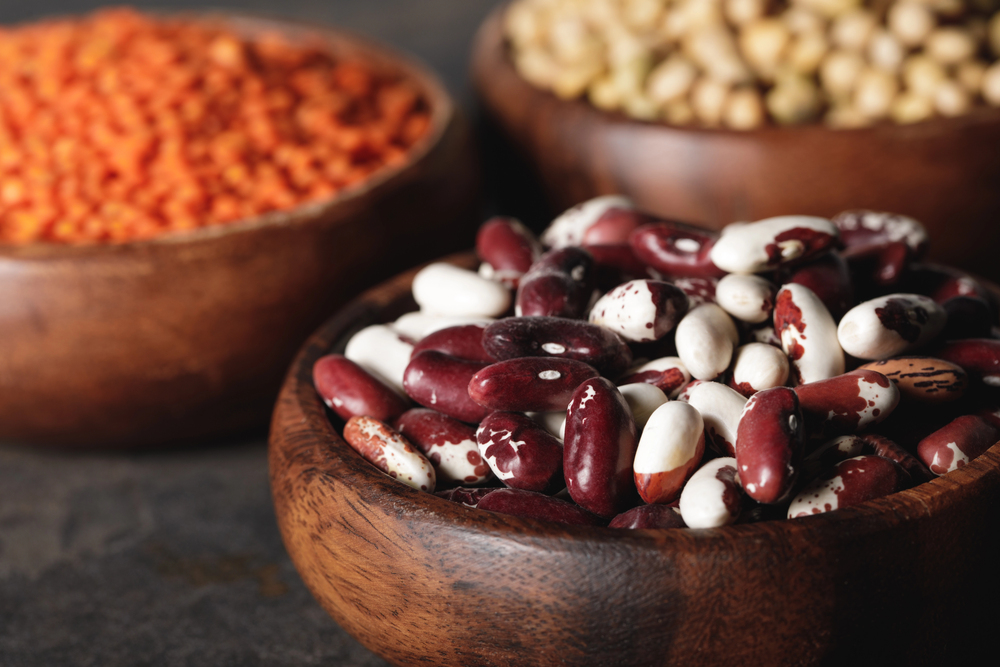
Beans, such as black beans, kidney beans, and navy beans, are excellent sources of iron, offering about 3.6 milligrams per cooked cup. They are also rich in protein, fiber, and various vitamins and minerals. Beans can be added to soups, stews, and salads or used as a side dish. Regularly consuming beans can help improve your iron intake and energy levels.
Kale
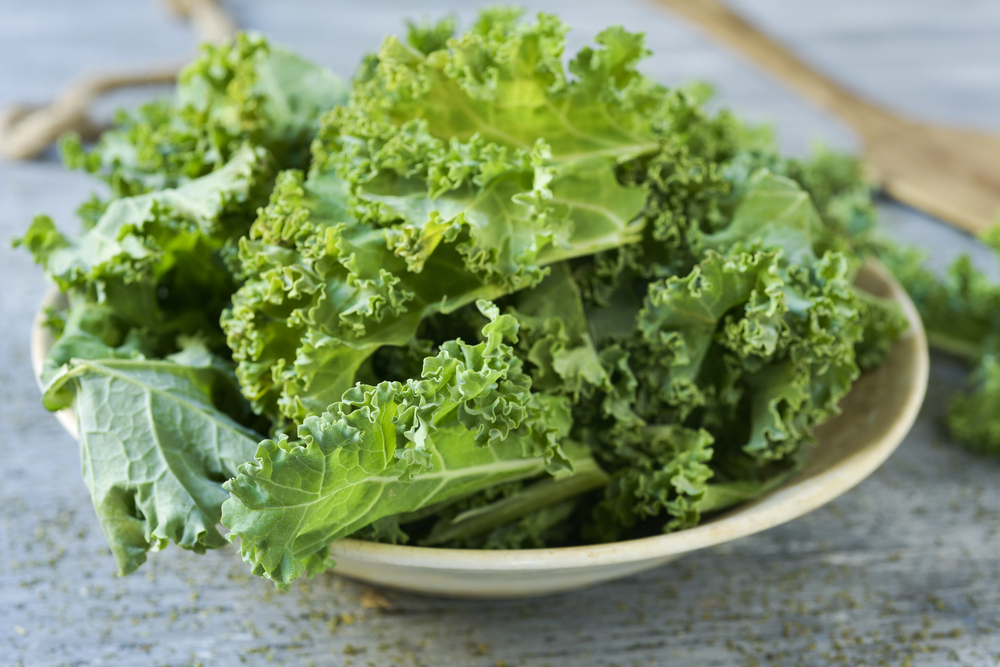
Kale is a nutrient-dense green that contains approximately 1.1 milligrams of iron per cooked cup. It’s also high in vitamins A, C, and K, as well as antioxidants and fiber. Kale can be used in salads, smoothies, and as a cooked side dish. Adding kale to your diet can help support your iron levels and overall vitality.
Eggs
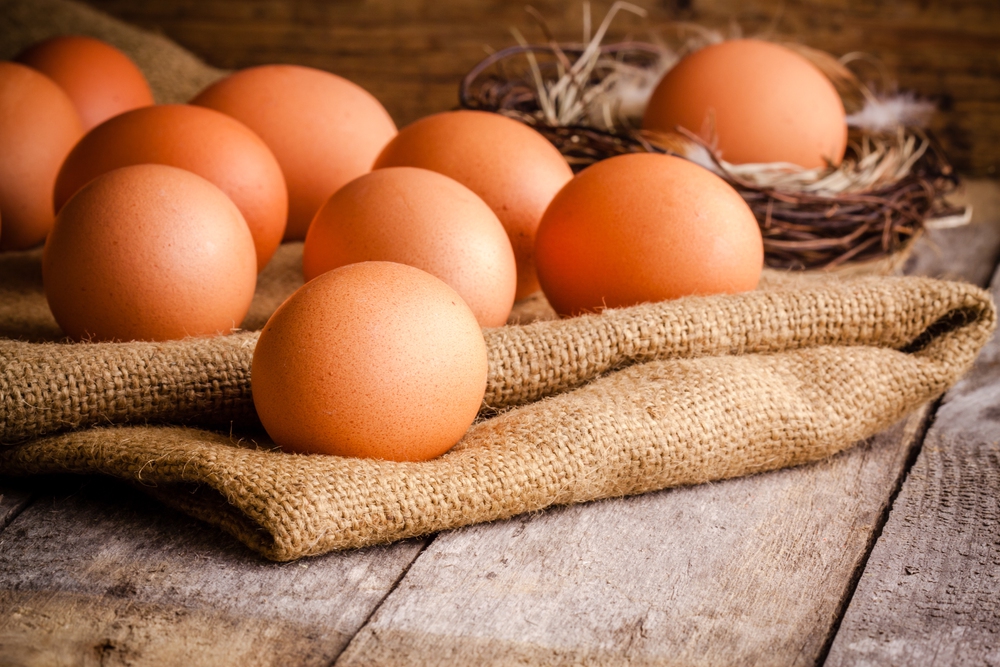
Eggs are a versatile and nutritious food that provides about 0.6 milligrams of iron per large egg. They are also rich in protein, vitamins, and healthy fats. Eggs can be enjoyed in various ways, from scrambled to boiled, making them an easy addition to any meal. Including eggs in your diet can help maintain steady iron levels and energy.
This article originally appeared on RetailShout.
More From RetailShout
15 Under-the-Radar Leafy Greens with Surprising Health Benefit
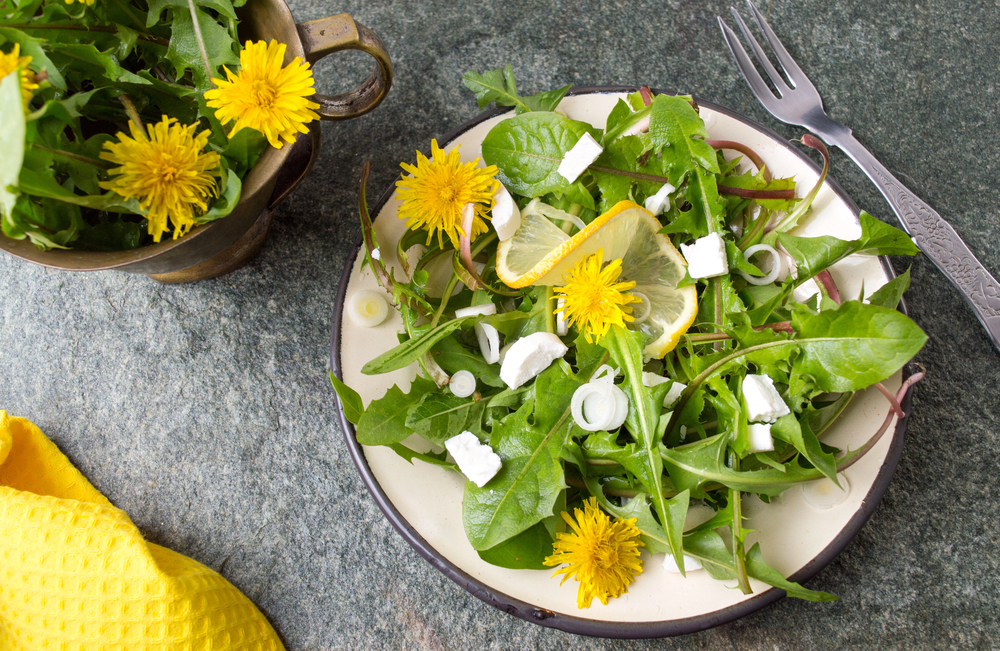
When we think of leafy greens, spinach, kale, and lettuce are usually the first that come to mind. But there’s a whole world of lesser-known greens that pack an impressive nutritional punch. Read More.
5 Trader Joe’s Treats to Buy and 5 to Avoid
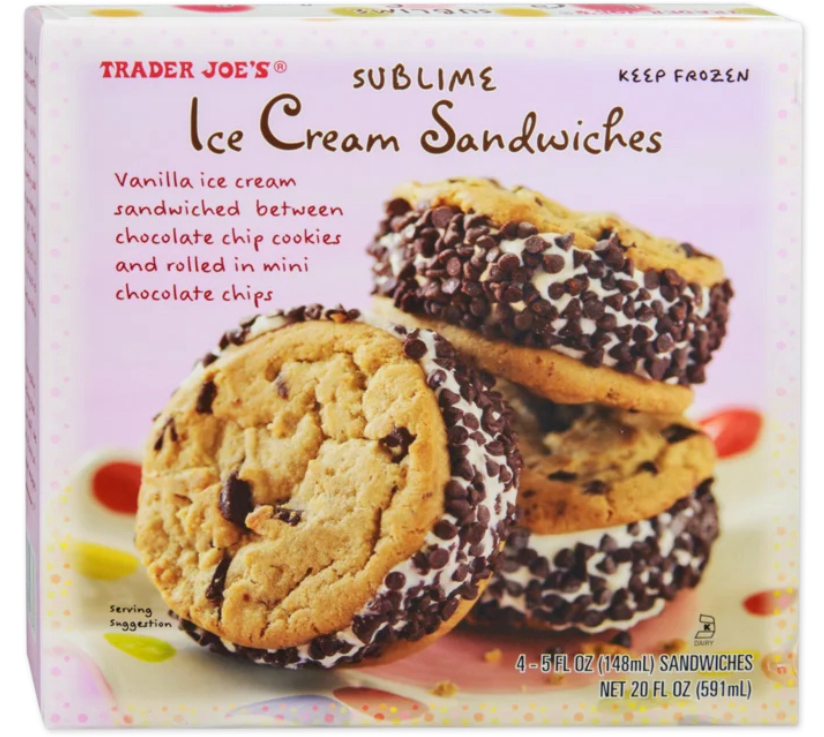
Navigating the aisles of Trader Joe’s can feel like a treasure hunt, filled with delightful surprises and the occasional misfire. With so many tempting treats to choose from, it’s easy to fill your cart with both hits and misses. Read More.
15 Iconic ’80s Snacks You’ll Love Rediscovering
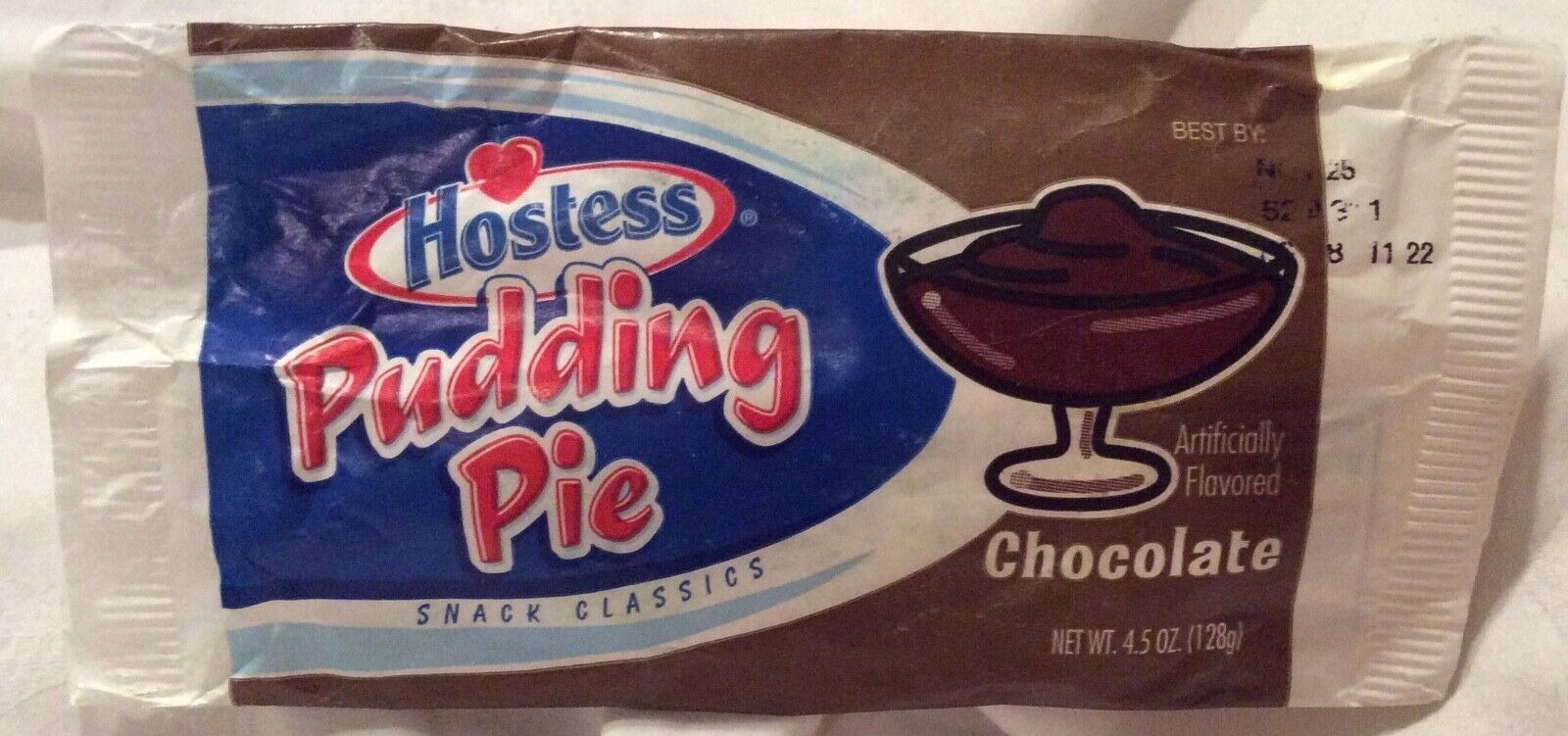
The ’80s were a special time, especially when it came to snacks. Back then, the shelves were stocked with treats that brought pure joy to every lunchbox and after-school hangout. Whether you were reaching for something cheesy, sweet, or a fizzy drink, there was always something exciting to munch on. Read More.


